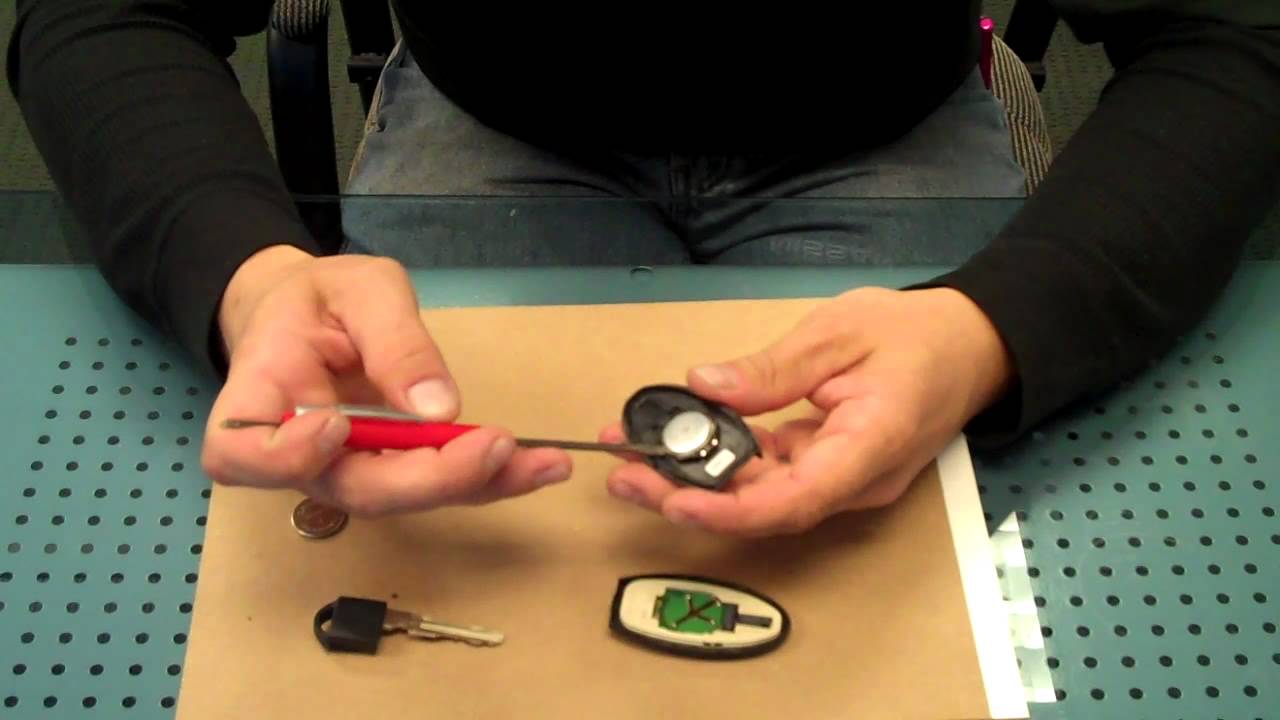How Much Oil Does My Car Need? After reading your owner’s manual and finding the type of oil recommended for your car, you can start searching for that specific oil. When you go to the service station, keep your eyes open for the oil type recommended in the owner’s manual.
Make sure that you get only as much oil as your vehicle needs. This will save you money on any oil that may not be used by your engine and could also prevent damage to your car if too much oil is added.
There are many different types of motor oil, so check with your local service center to find out what type of oil is right for your car.
Different types of motor oil are made for different types of engines. Engines also have different oil needs, depending on the make and model, age, and climate in the area you drive. The type of oil needed also depends on what kind of driving you do (for example, normal driving or towing heavy loads).
Synthetic oils are refined using chemical processes instead of crude oil. The chemical process gives synthetic oils added benefits when compared to conventional oils. They can provide better protection at higher temperatures than conventional oils. Synthetic oils may also help keep your engine cleaner because they hold detergents better than conventional motor oil does.
Additionally, synthetic oil may allow your car to go longer between oil changes at times when it’s not convenient for you to take a trip to your local service center for an oil change. However, in most cases you’ll want to continue getting routine service every 3 months or 3,000 miles as recommended by your vehicle manufacturer’s maintenance schedule.
Some new cars that use synthetic motor oils don’t need their first oil change until after 15,000 miles or one year from the date the vehicle was put into service. Refer to your owner’s manual for specific recommendations regarding the type of lubricant best suited for your car based on its make and model year code as well as where you live (elevation), how often you drive (miles), and how much money is in your bank account ($$$).
Read also: Why Does My Car Shake When I Brake?
Check the manufacturer’s recommendation in the owner’s manual, but many cars can go between 7,500 and 15,000 miles before needing an oil change.
The frequency of oil changes necessary for your car depends on several factors. A car that sits in a garage most days and is only driven on short trips, for instance, might need more frequent oil changes than a car that is driven long distances daily. Likewise, if you live in an area with harsh weather or poor air quality, or if you frequently drive on dirt roads or through construction zones, it’s a good idea to change your oil more often.
To figure out how often your vehicle needs an oil change, consult the owner’s manual. Generally speaking, however, most cars can go between 7,500 and 15,000 miles before needing an oil change; unless you’re driving under extreme conditions (in which case 3,000 miles is a good rule of thumb), there’s no need to have your oil changed every three months like clockwork.
How Much Oil Does My Car Need?
The average passenger vehicle engine requires 4 to 6 quarts of oil. But how much oil your car needs depends on the type of car you have and the type of oil used. Some manufacturers recommend that their vehicles use a specific weight and grade of oil.
If your auto does not have an automatic transmission, you probably need about 3 1/2 quarts or less in your engine. If it does have an automatic transmission, you may need as much as 5 1/2 quarts. It’s also important to note that when the time comes to top off your oil, it is not recommended to overfill with more than 8 quarts in your vehicle and be sure not to fill more than 4 inches above the dipstick tube on a straight vertical wall.
Overfilling can lead to more serious problems like potential fluids leaks, overheating, increased wear and tear on other parts of the engine, or even damage to the crankshaft if too much pressure is exerted on it by excessive amounts of motor oil.
Signs Of Low Oil In a Car
The following signs indicate that your automobile is low on oil:
Warning light on the dashboard
- A light on the dashboard. This is a warning sign that the oil level is low, so it’s important to check the oil in your car as soon as you can.
- If your car has a dipstick, pull it out to check the oil level. (The manual explains how.) The level should be between two markers on the stick.
- If the warning light stays on after you have checked the oil level, it could be a problem with the oil pressure sensor or circuit. Check the owner’s manual for instructions about how to deal with this if need be.
Knocking or engine pinging noises
The most serious warning sign of low oil levels is a loud knocking sound coming from your engine while the vehicle is in use. This noise, which often grows louder and more frequent as the car continues to run, is due to metal on metal contact within the engine. If you hear this noise, stop driving immediately in order to prevent damage.
This issue could be caused by a number of factors aside from low oil levels—for example, if there’s water in your oil it will cause similar symptoms. It’s also possible that you need to change your oil filter or repair some other part of your vehicle. But whatever the cause, if you hear noises like these from your engine it’s important to stop driving and identify the problem so that you can get it fixed before permanent damage occurs.
Oil pressure gauge is showing low
Many vehicles’ oil pressure gauges are located on their dashboard, near the RPM and speedometer. In most cars, an oil pressure gauge needle should sit right in the middle of the gauge when your car is idle, or close to it. If the needle drops to the bottom while your car is at an idle, you may have low oil levels. You can also test to see if your fuel gauge works by turning on your vehicle and letting it run for a few minutes; if your oil pressure needle does not work or moves very little during this time, you also probably have low levels of engine oil.
Burning oil smell
- Have you noticed a burning oil smell coming from your vehicle?
- It could be the result of low oil levels, or it could be that oil is leaking and dripping onto hot engine parts. To determine if it’s a leak, look for puddles of oil under your car. If you do spot one, take your car to a mechanic and ask them to help you find the source of the leak. They can also top up your oil levels if they’re low.
Smoke coming out of the exhaust pipe
Smoke coming out of the exhaust pipe can be indicative of a number of issues, but if you’re seeing white smoke come from it, low oil levels in your engine is likely to blame. This isn’t a good thing. If you see this happening with your car, take it in to a mechanic so they can check the engine for damage and ensure that your car’s oil levels are correct.
Signs of low oil in a car
Before you buy a used car, make sure it doesn’t have any of the following warning lights on its dashboard:
- “low engine oil pressure” warning light
- “engine knock/pinging noise” warning light
- “engine power loss” warning light
- “loud exhaust smoke or smell of burning oil” warning light
While these are all serious problems that could cause serious damage to your vehicle and increase your chances of getting stranded in a tough situation, they will only happen if the car’s owner hasn’t made an effort to fix them. So take a good look at your prospective purchase whenever it’s parked in front of you. If it has more than two of these alarm lights and the odometer shows more than 120,000 miles on its clock, don’t bother and drive off.









